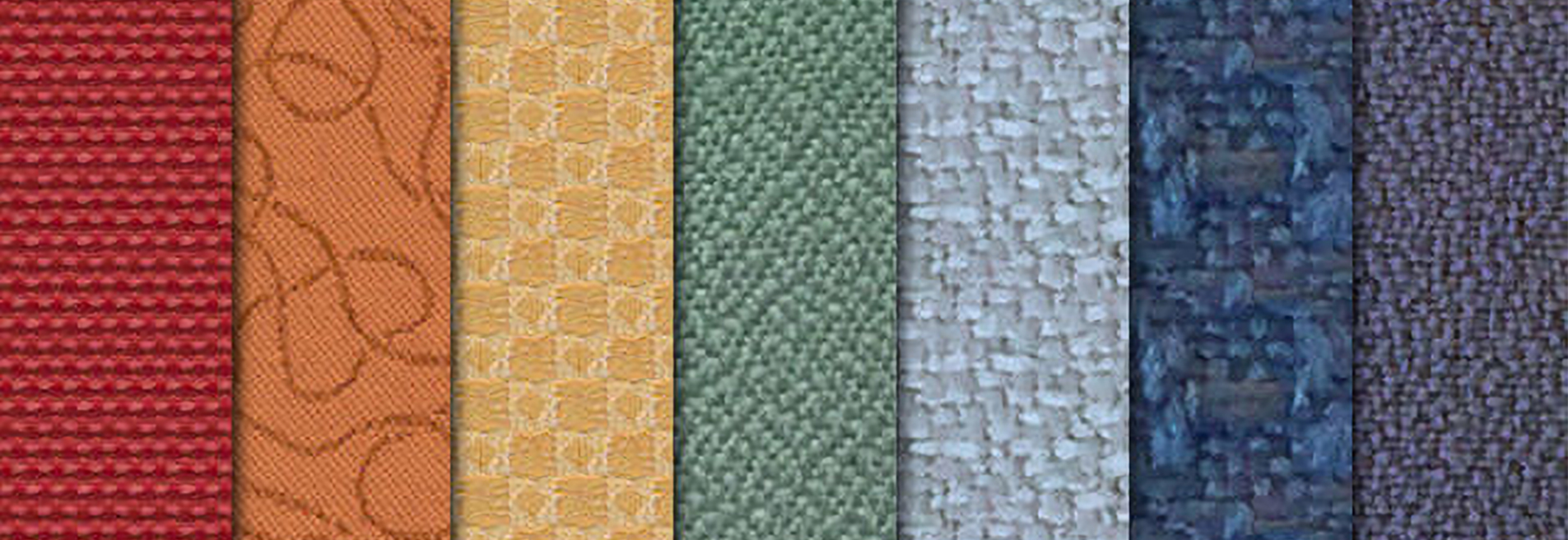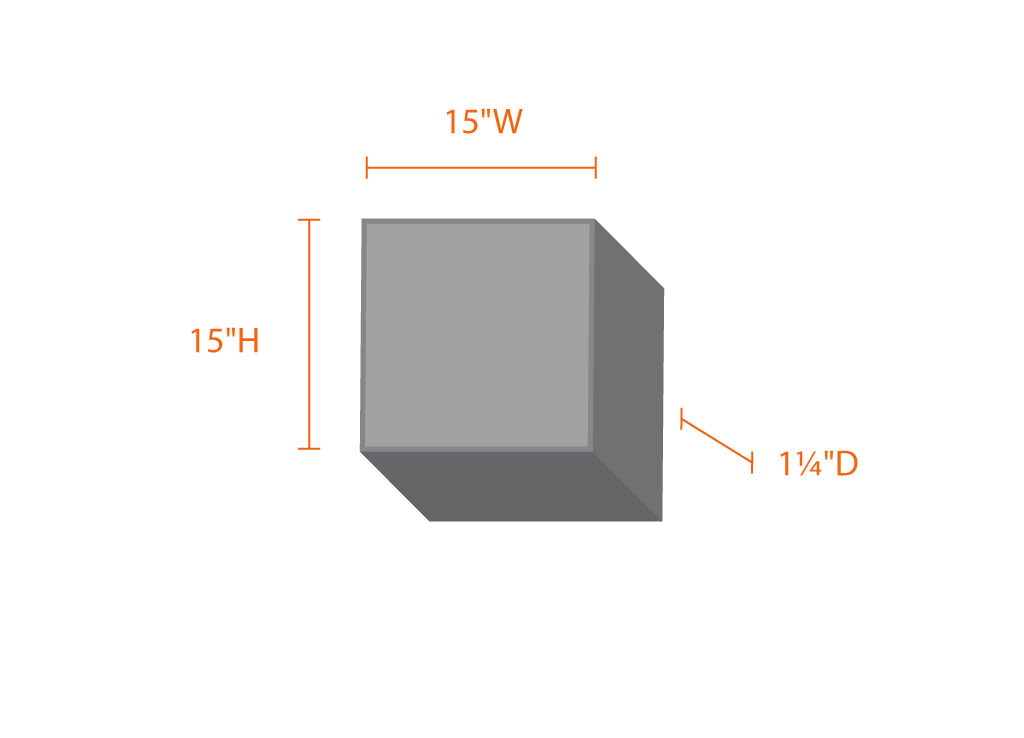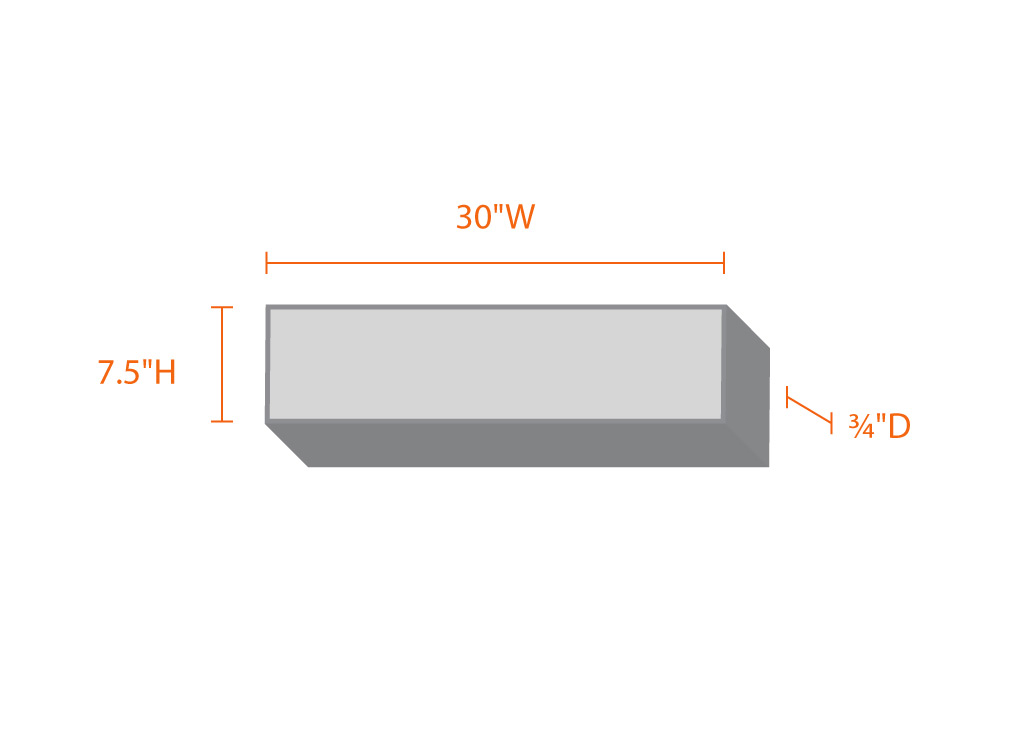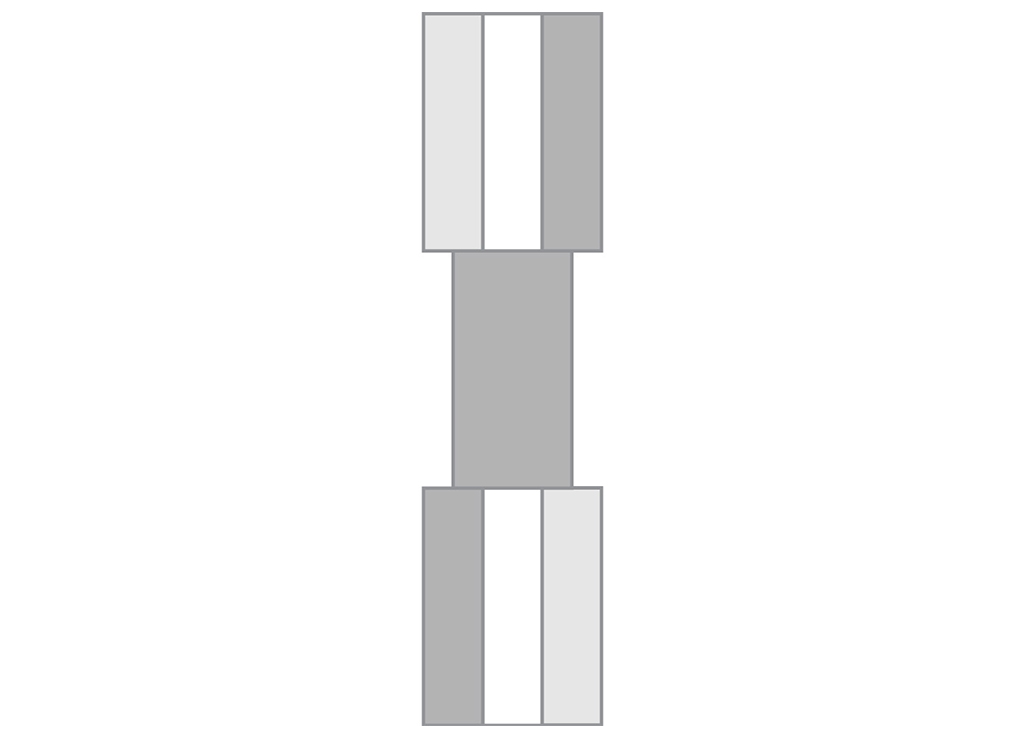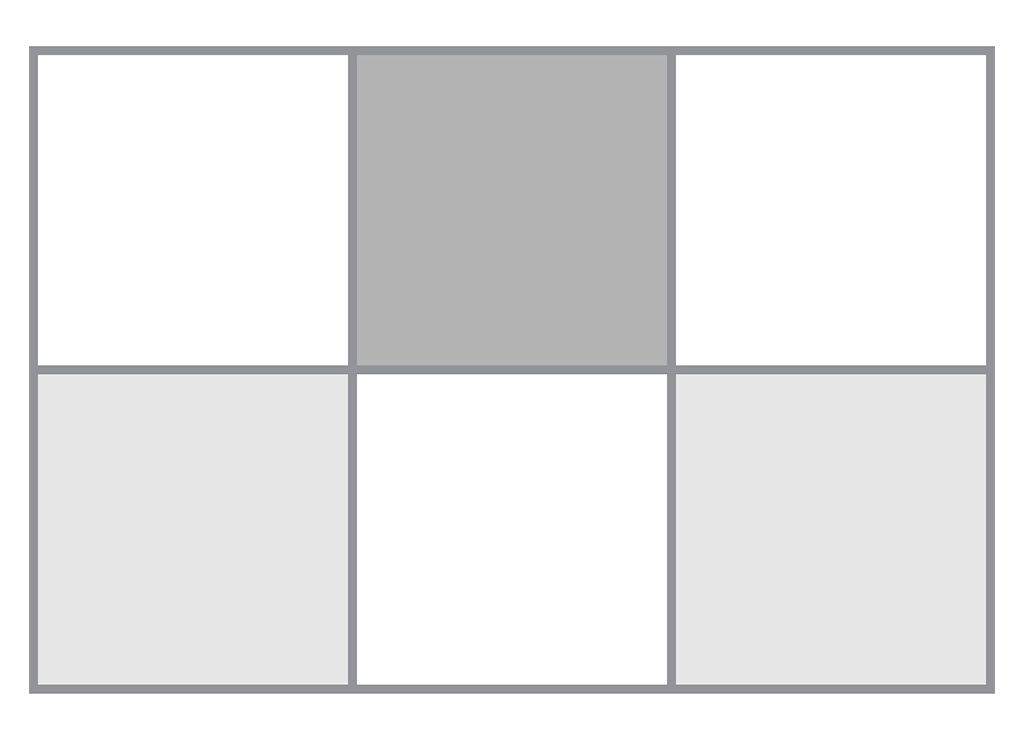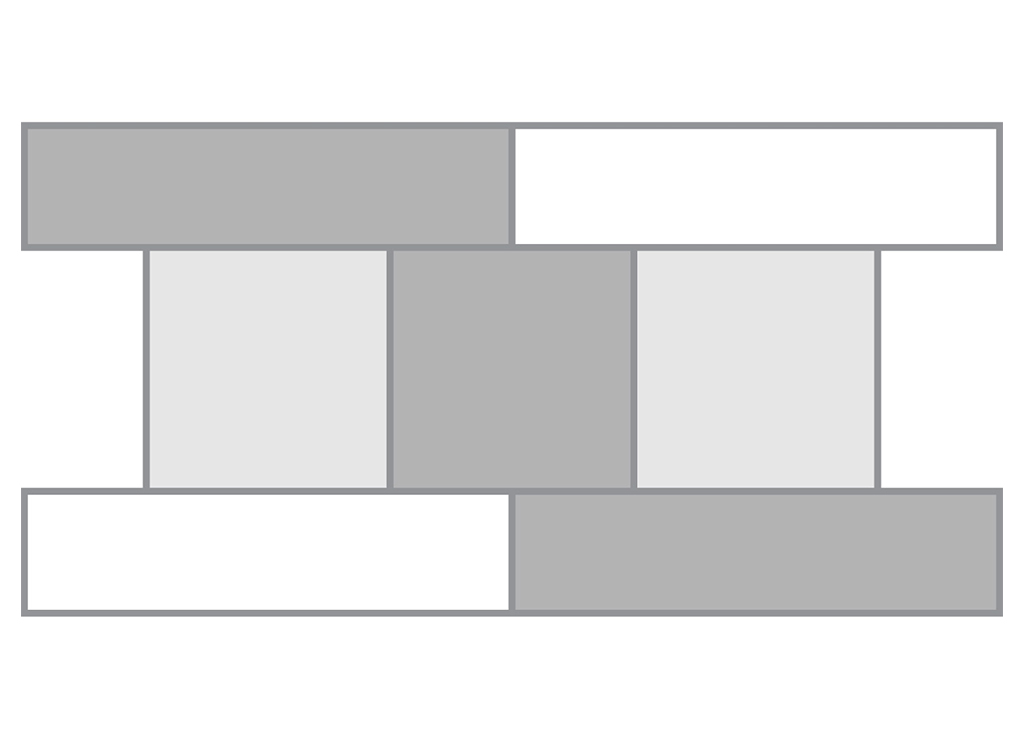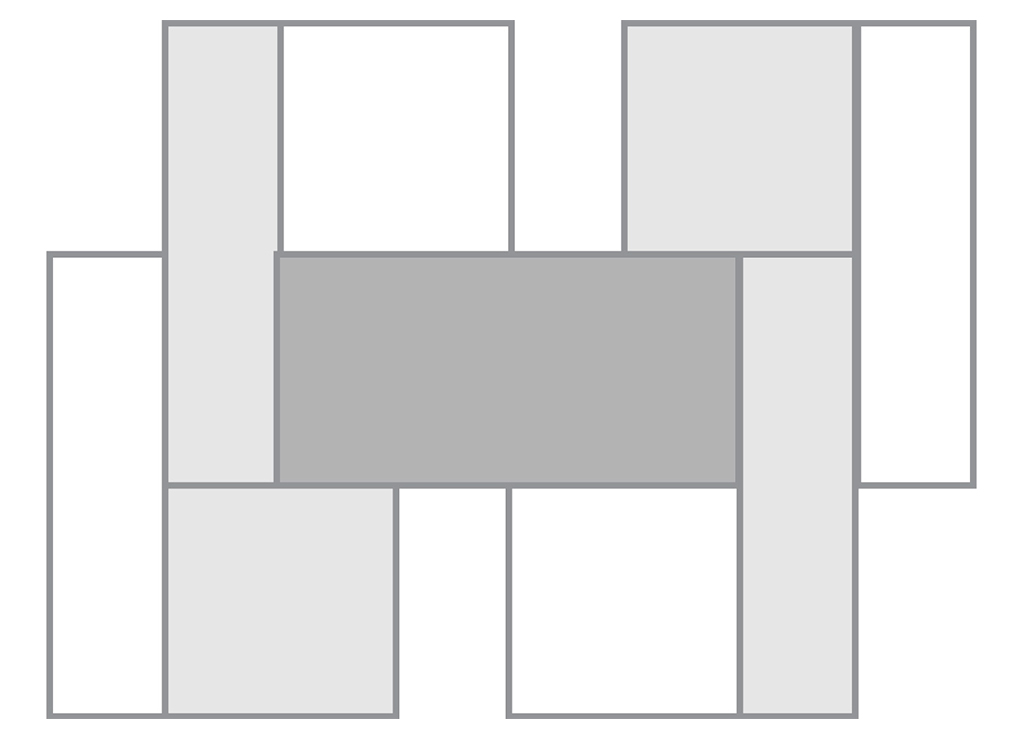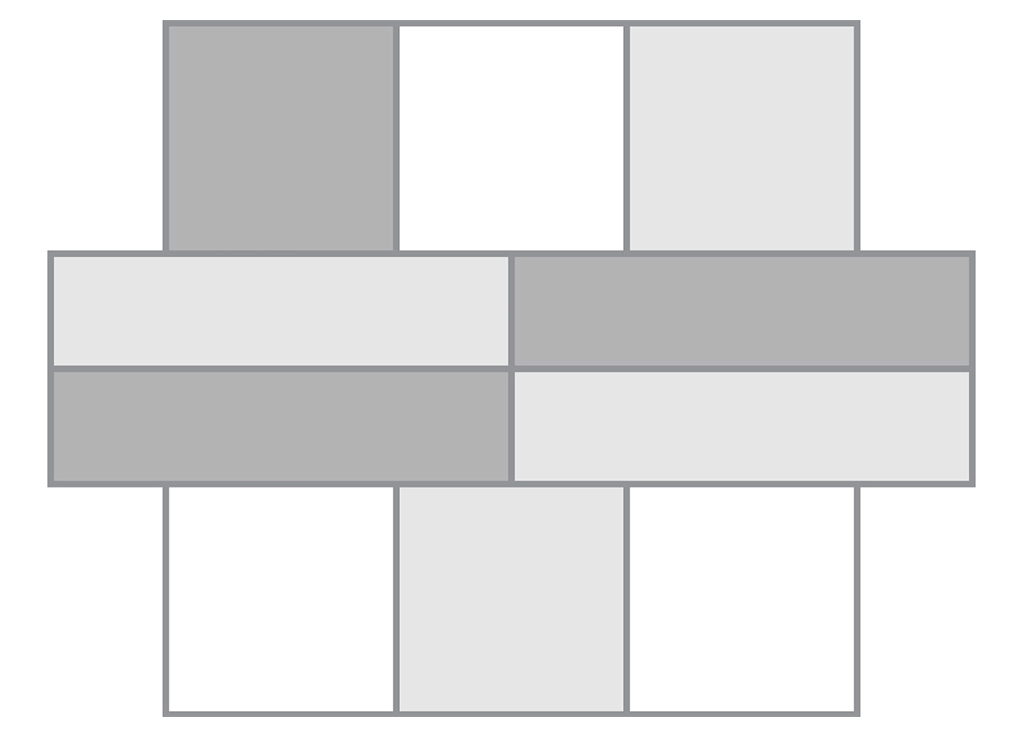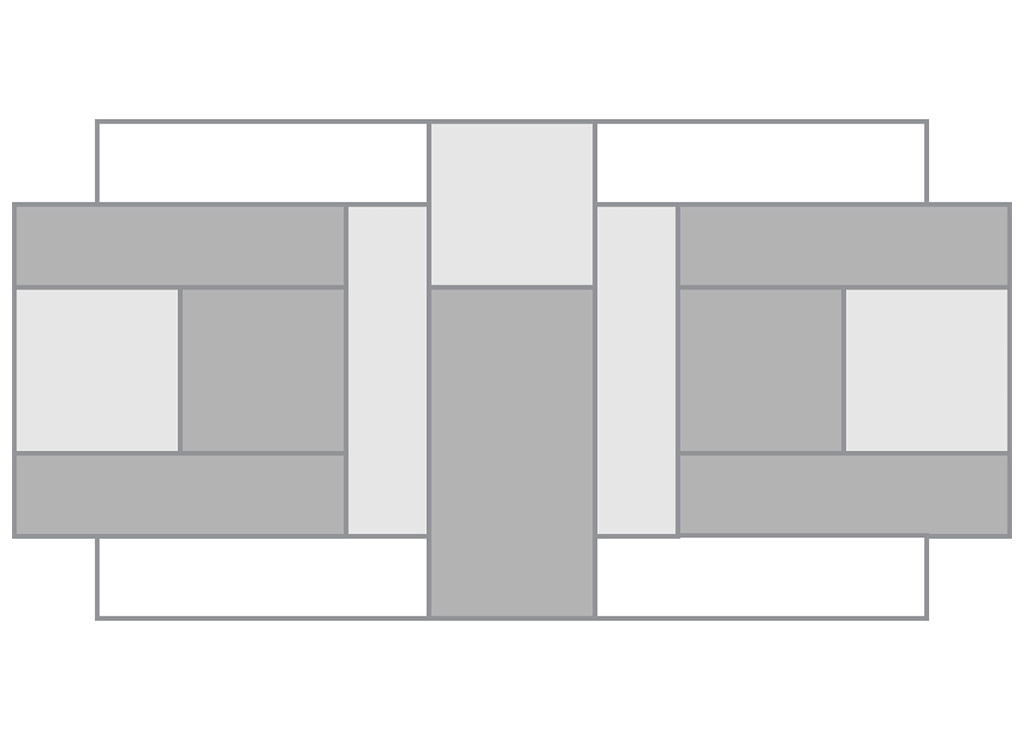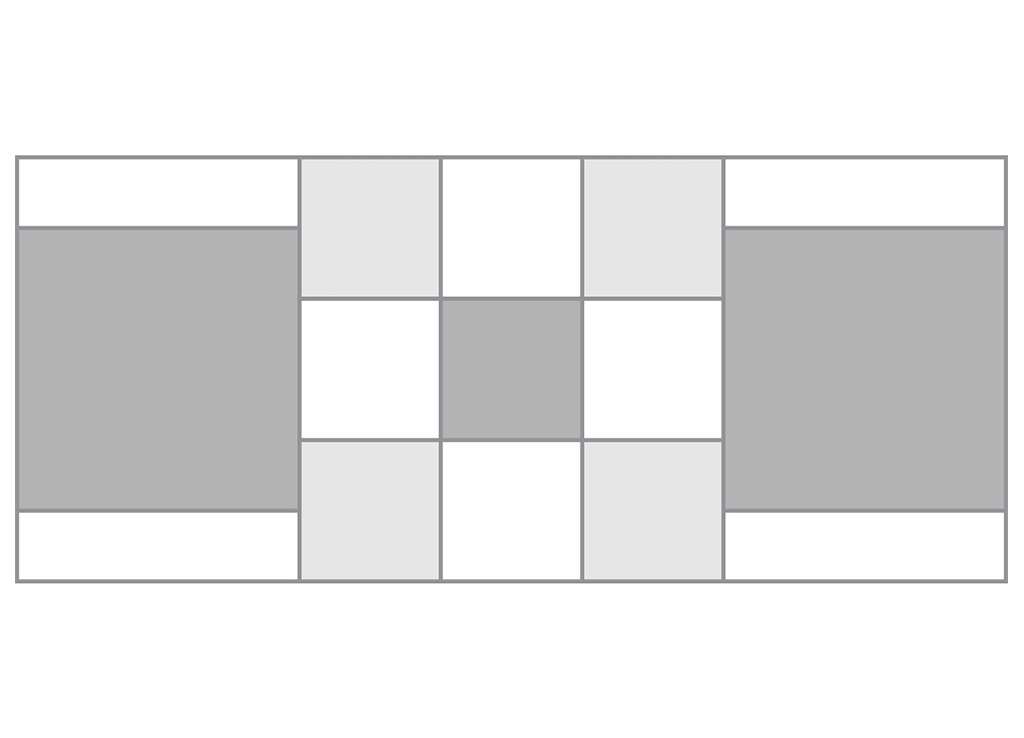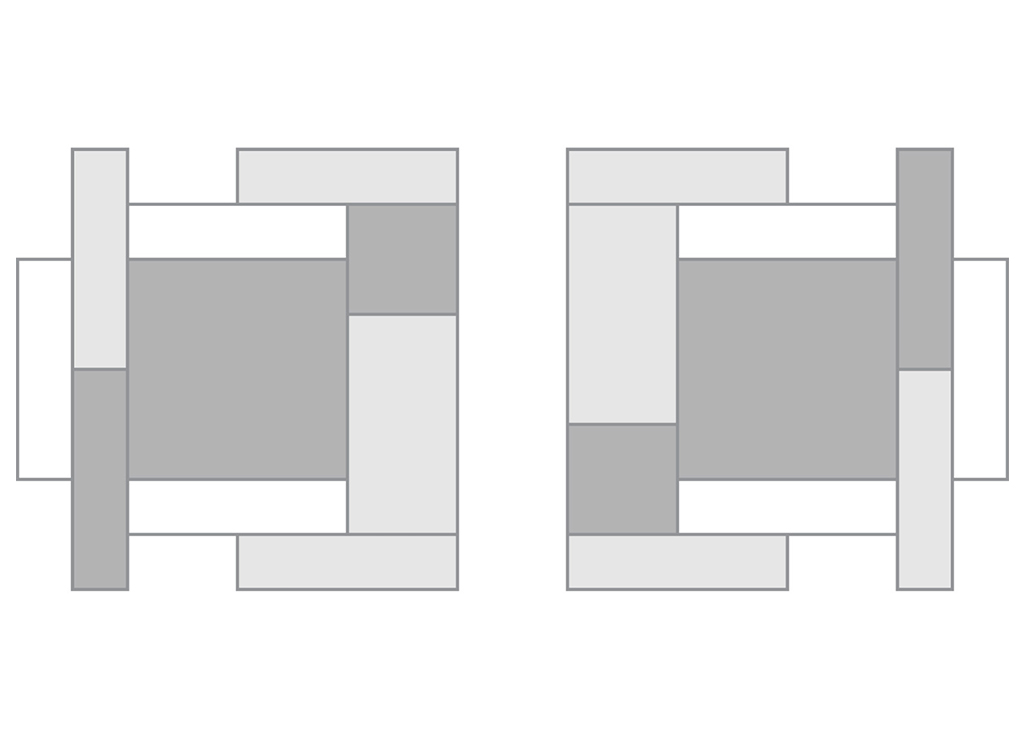THE DISADVANTAGES OF AN OPEN OFFICE ENVIRONMENT
If ever there was an office design concept that begged for active noise control, it’s today's trendy open office environment. The open office design breaks down the walls and removes barriers between people, which allows for better co-working opportunites and an open, airy aesthetic. Alas, every solution begets a new problem. This one is spelled D-i-s-t-r-a-c-t-i-o-n!
In a large open room with nothing to catch the speed of sound, ambient noise levels can reverberate and cause major distractions that result in an employee’s “disconnect” from the tasks at hand, which will compromise both the quality and quantity of their work productivity.
Hard, flat surfaces do a terrible job at absorbing sounds. Just walk into a large modern office building with high ceilings, hard floors and minimal furnishings, and loudly say "Hello!" You will quickly notice how unwelcoming you sound, with harsh tones sharply bouncing around the room with no place to land and dissipate.
On the contrary, softer materials and tactile items that break up the large flat areas do much better. Carpeting, dropped ceilings, fabric cubicle panels, upholstered seating, wall art, and large leafy plants are some of the best things you can add to a large open office to help absorb the sounds moving around the room. Speaking of wall art...
Our acoustical wall panels are not only functional, they are also beautiful! The preconfigured designs will enhance the aesthetics of any office environment, a 3D piece of modern art that is secretly working to make your office sound more hushed and inviting. With your corporate colors and branding, or just your personal artistic expression, our acoustic sound panels deliver a unique, multi-functional advantage to any work setting.
THE ADVANTAGES OF ACOUSTIC TILES
While acoustical panels are exceptionally effective when it comes to the absorption of mid-range and hi-range frequencies that are generated by the human voice as well as various office equipment and HVAC systems, there are also other advantages. These include:
• Free office space planning & acoustic evaluation by professional designers & acoustic tiles specialists.
• The eco-friendly core material (not fiberglass!) is designed for optimal sound absorption, made from recycled & recyclable plant-based materials, and has a Class-A Fire Rating to keep your office space safe.
• The core material, then covered with acoustically absorbent fabric, has an average NRC rating of 0.70, which is considered the sweet spot for an active office environment. To put this into perspective, this is more than heavy drapery (NRC .60-.65), but less than the sound deadening foam blocks used in recording studios (.80-.90). Construction materials like brick and wood are both rated <.20.
• Our acoustical wall panels are also excellent options for video and podcast flutter echo absorption.
• All tiles are available in three different thicknesses to best add dimension to flat walls, and hundreds of fabric designs and color coverage options. Even your own.
• Easy installation – these acoustic sound panels are designed to hang on your walls, like picture artwork. Check out this video to see how easy it is!
HEAR THE DIFFERENCE!
Dramatic noise reduction inside the room is the first observable effect that occurs with acoustical panels. The ability to clearly hear - and therefore better understand - verbal communication increases substantially.
While this alone creates a more pleasant and productive work area, another positive effect involves the unwanted noise distractions outside of the room.
This becomes obvious in situations where your acoustic tiles are - for example - installed on the four walls surrounding your conference room furniture. When a conference room has poor acoustics, those inside tend to speak more loudly.
Not only does this make for a rather loud and unproductive meeting, if it involves any sort of confidential discussions, that sound transmission through the walls can lead to very negative consequences.
HOW AN ACOUSTIC PANEL WORKS
As you can imagine, the larger the room, the longer it takes the sound to dissipate. However, in a room that has acoustical wall panels installed, the sound is absorbed - at nearly the speed of sound – in a manner that keeps the extraneous sound from ‘bouncing’ around the room.
Originally, fiberglass was a common material that was used for the filler. However, this eventually raised health concerns. Therefore, newer eco-friendly sound-absorbing materials are now used and are measured by their NRC rating.
All of our acoustic tiles consist of three parts. These include an aesthetically pleasant, acoustically absorbent fabric cover, a rigid frame to hold the shape, and an absorptive filling. This absorptive filling is the primary acoustically ‘active’ component of each panel.
This active filling is what allows the acoustic panel to work its “magic” by absorbing those bouncing sounds... that become mixed-in with new sounds... and create a cacophony of confused sounds... which are the reason why acoustic tiles were invented in the first place.
The tiles come in three thicknesses, and all preconfigured designs on this page use a smart combination of all three. Remember, the art to reducing unwanted reverb and echo involves breaking up those large flat surfaces.
If poor acoustics in your office are a distraction, take action! Give us a shout-out. We are here to help you hear and be heard!








